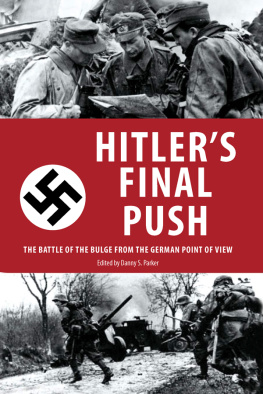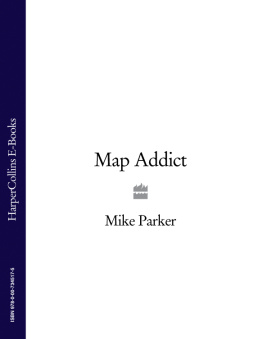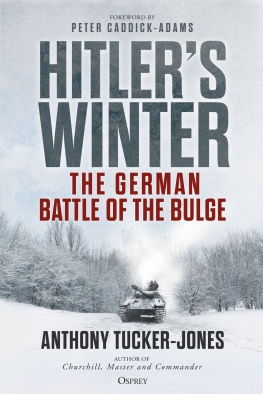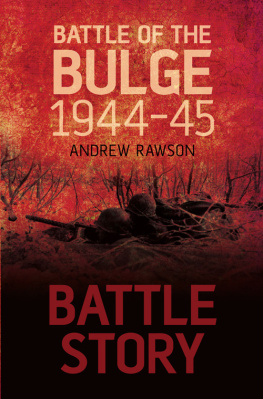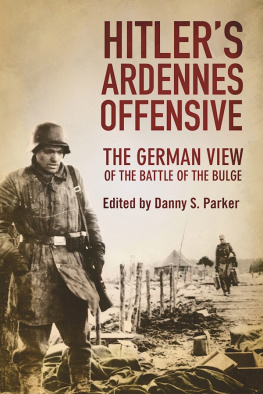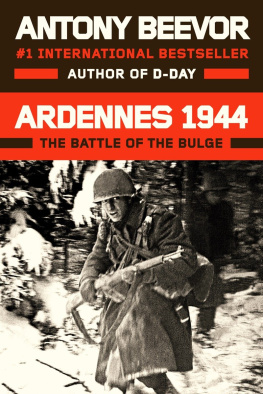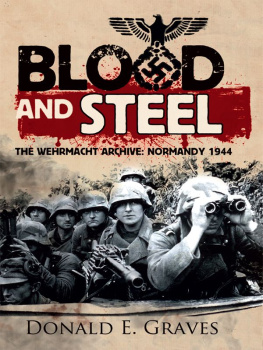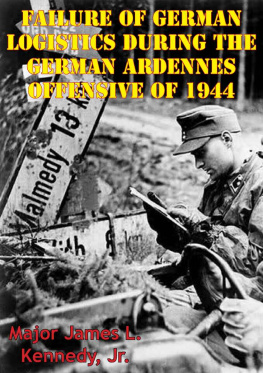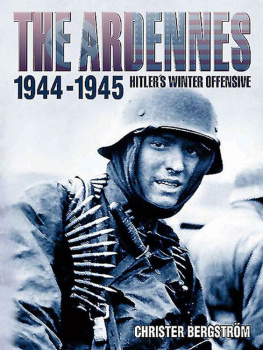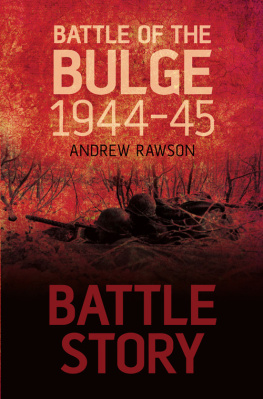Copyright 2016 by Danny S. Parker
All rights reserved. No part of this book may be reproduced in any manner without the express written consent of the publisher, except in the case of brief excerpts in critical reviews or articles. All inquiries should be addressed to Skyhorse Publishing, 307 West 36th Street, 11th Floor, New York, NY 10018.
Skyhorse Publishing books may be purchased in bulk at special discounts for sales promotion, corporate gifts, fund-raising, or educational purposes. Special editions can also be created to specifications. For details, contact the Special Sales Department, Skyhorse Publishing, 307 West 36th Street, 11th Floor, New York, NY 10018 or info@skyhorsepublishing.com.
Skyhorse and Skyhorse Publishing are registered trademarks of Skyhorse Publishing, Inc., a Delaware corporation.
Visit our website at www.skyhorsepublishing.com.
10 9 8 7 6 5 4 3 2 1
Library of Congress Cataloging-in-Publication Data is available on file.
Cover design by Rain Saukas
Print ISBN: 978-1-63450-530-7
Ebook ISBN: 978-1-63450-833-9
Printed in the United States of America
Typeset by DP Photosetting, Aylesbury, Bucks
Contents
2. The Preparations for the German Offensive in the Ardennes
by Dr. Percy Schramm
5. Generalfeldmarschall Walther Model and Army Group B
Interview with Obserst Thuisko von Metzsch
6. Hitlers Speech to his Generals, 28 December 1944
Interview with Obserst Thuisko von Metzsch
List of Illustrations and Maps
Illustrations
Maps
Preface
B Y D ANNY S. P ARKER
Immediately after the cessation of hostilities in Europe following the Second World War, U.S. Army military historians seized upon a fleeting opportunity. As victors, they had the ability to interview prominent enemy commanders being then held prisoner in various locations within Germany. The European Theater of Operations (ETO) Historical Section saw this as a remarkable opportunity to provide historical data of great importance for future documentation of the great conflict. The project was first initiated by Colonel William A. Ganoe, but the use of interviews with German participants in the Ardennes operations was begun by Colonel S.L.A. Marshall and Captain Kenneth W. Hechler. Colonel Harold Potter turned the operation into a fully-fledged program with the assistance of a group of able young officers. During 19459, this was performed with great enthusiasm and dozens of interviews and written accounts were composed on a variety of campaigns. However, no conflict elicited as much in the way of interviews, commentary and analysis as the Ardennes Offensiveknown to the Allies as the Battle of the Bulge.
The reason for this interest in the Ardennes was simple: in no other campaign had the enemy so dramatically embarrassed the Allies with their cunning and sheer ferocity as in this final great desperate gamble in December of 1944. Some confident American G-2s went from predicting impending collapse of the German war machine to pondering whether the enemy might somehow have developed some new weapon of unprecedented destructive power. Top secret espionage missions were again repeated to ensure that no further German progress had been made in the area of atomic research. After the war the Allies remained understandably curious about the nature of the German attack. Much of the collected data was instrumental in providing information for the U.S. Army green booksthe official histories of the various campaigns. Until now, however, this material has largely been available only to military historians with a budget to see or reproduce the source documents. I have always seen this as unfortunate, given the insightful quality of many of the manuscripts which I have had occasion to review over the years. Since many of these were composed by the German commanders without access to their official records, or maps, there are inevitable errors associated with memory. Yet this series of manuscripts, composed so soon after the end of the war, provides a compelling snapshot of the German view of the Battle of the Bulge.
In the companion volume to this book ( Hitlers Ardennes Offensive , Greenhill, 1997), I provided perspectives on the offensive as seen from army level. This second book instead deals with the battle as it was seen from the highest levels of the German high command, starting with Adolf Hitler himself. The available resource material paints a remarkable portrait of German intentions and operations within those desperate days of late 1944. In composing this volume I have tried to assemble the most illuminating manuscripts from the many that are available from German headquarters. Additional documents describing the offensive from corps and division level are left for a possible third volume. While space precludes the inclusion of the majority of material, I have nevertheless made an attempt to select the best and point out relevant documents that are not reproduced within these pages. Most of the original source documents are available at the National Archives Modern Military Branch in College Park, Maryland, in Record Group 338. Many are also available at the U.S. Army Military History Institute at Carlisle, Pennsylvania. Other documents, prepared specifically for U.S. Army historians as part of the R-series, are maintained on file at the Office of the Chief of Military History (OCMH) in Washington D.C. The editor is indebted to the assistance he has received over the years at these institutions: at the National Archives, George Wagner, John Taylor and Robin Cookson; at Carlisle, Dr. Richard Sommers and Michael Keogh; and at OCMH, Ms. Hannah Zeidlick.
As much as possible, the editor has left the original record intact. However, in some instances, translation, grammar or brevity has dictated alteration. In other cases, the editor has taken the liberty of correcting the flawed phonetic spelling of the American interviewers. And, of course, there are factual errors in the German testimony. In cases which the editor has information conclusively showing entries to be untrue, these are footnoted for correction or explanation.
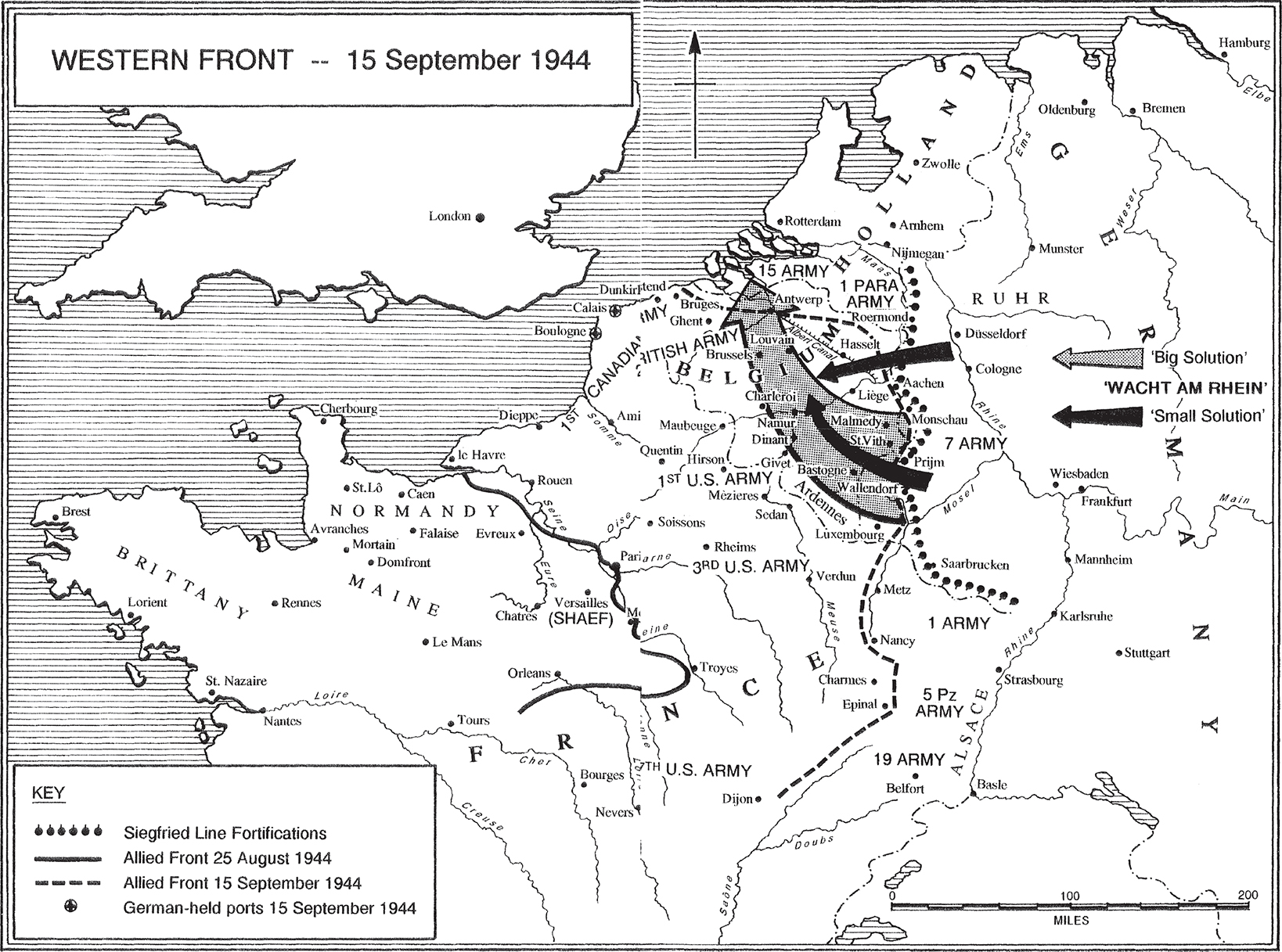
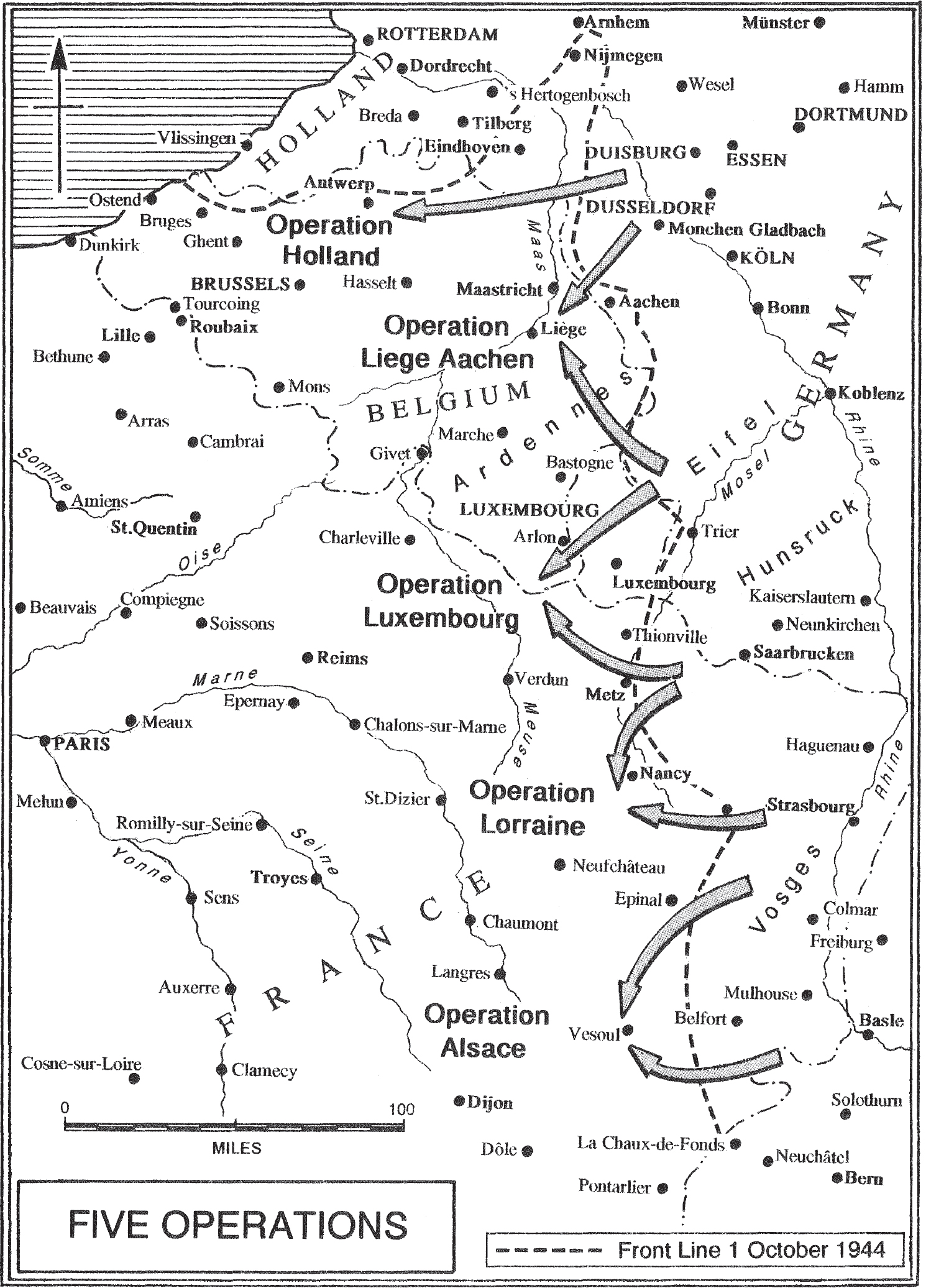
1
Hitlers Speech to his Generals 12 December 1944
Editors Introduction
In early August 1944, while bedridden, Adolf Hitler confided in his most trusted assistant, Generaloberst Alfred Jodl, that it might be possible to strike a sudden blow against the Allies to reverse the tide of the war in the West. Although frequently at odds with Hitler, Jodl did not cease to be impressed by his mastereven late in the war:
Hitler was a leader to an exceptional degree. His knowledge and intellect, his rhetoric, and his will-power triumphed in the end in every spiritual conflict over everyone. He combined to an unusual extent logic and clarity of thought, skepticism and excess of imagination, which very frequently foresaw what would happen, but very often went astray. I really marveled at him in the winter of 19411942. By his faith and energy, he established the wavering Eastern Front; for at that time, as in 1812, a catastrophe was imminent. His life in the Fhrer headquarters was nothing but duty and work. The modesty in his mode of life was impressive.
By late fall of 1944, even amid ultimate calamity, Hitler and his generals had fleshed out an ambitious plan, codenamed Die Wacht Am Rhein a final great gamble designed to win a war that was lost. In December, this plan resulted in one of the great conflicts of the Second World Warthe Battle of the Bulge. But what did Hitler himself, the architect of the plan, think about his brain child? Known as Fragment No. 39, the following text is the only surviving record of Hitlers speech to his generals on the evening of 12 December 1944. Major Kenneth Hechler, with the ETO Historical Section, describes his impressions on first examining these records:

